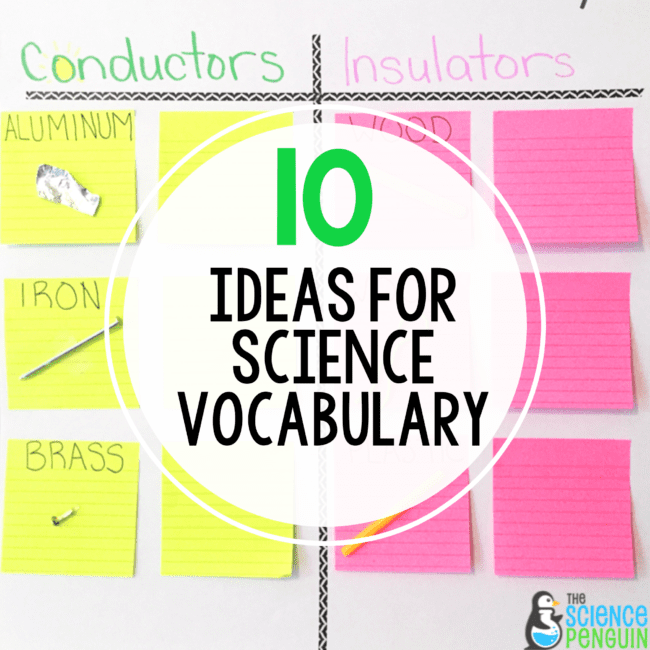
Do the science vocabulary words just seem to not “stick” with some of your students? This is common and can be addressed with a few different activities. Here are 10 ways to bring a little more excitement and creativity to science vocabulary instruction.
1. Science Vocabulary Concept Mapping
Thinking about how terms are connected is much deeper than simply defining the terms. You can do this easily by writing some terms on index cards. In groups, students determine how the terms are connected then explain their reasons aloud or on paper. They might also write on the arrows to show the connections.
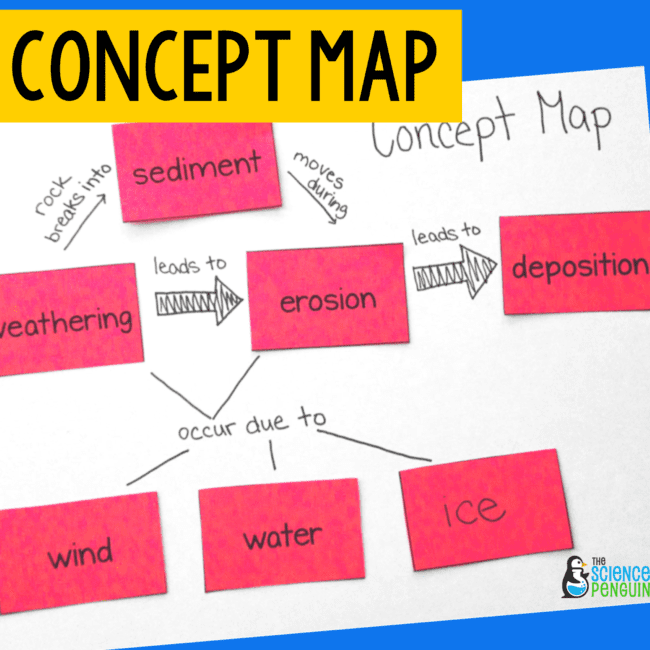
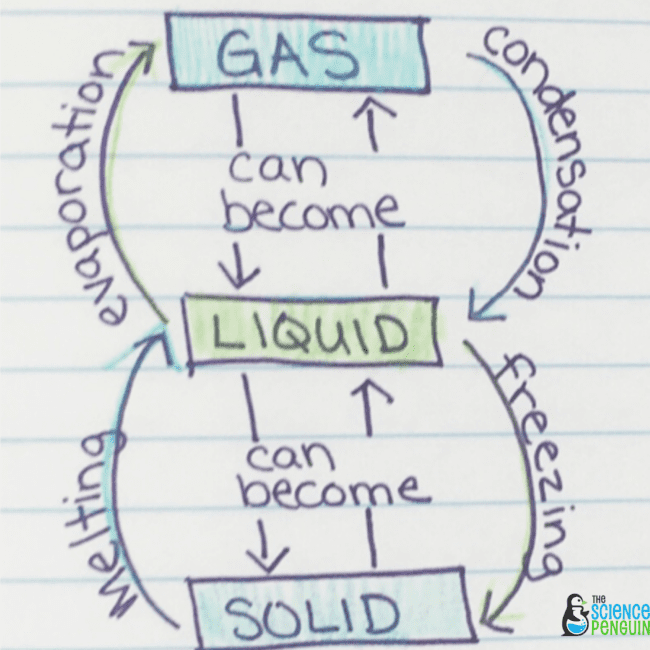
2. Concept Building
Concept Building is a powerful strategy to help students become more comfortable with academic vocabulary. Record related nouns, verbs, and adjectives (or descriptive words and phrases) for any term
Concept Building is so effective that I include it in every Small Group Science lesson.
Read more : Small Group Science
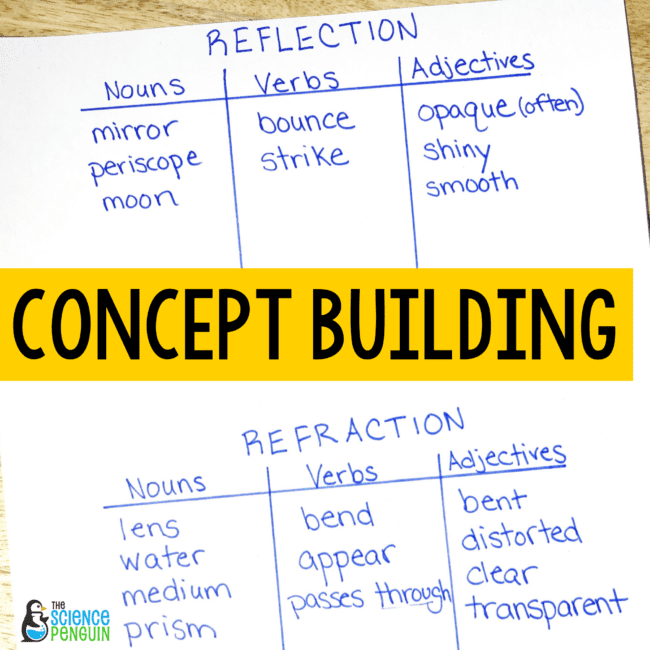
3. Science Vocabulary Sorts
I’ve had hundreds of kids do hundreds of sorts. Why? It’s quick and effective.
I use sorts in notebooks, as part of small group, in stations, and in games.
Many of the notebook templates in the All in One Science Interactive Notebook include optional sorts to take your notes to the next level.
Nearly every small group lesson incorporates a sort and sorting relays are so much fun!
Read more : Notebook Templates
Read more : Small Group Science
See it on TPT : Science Stations Units
See it on TpT : Sorting Science Relays

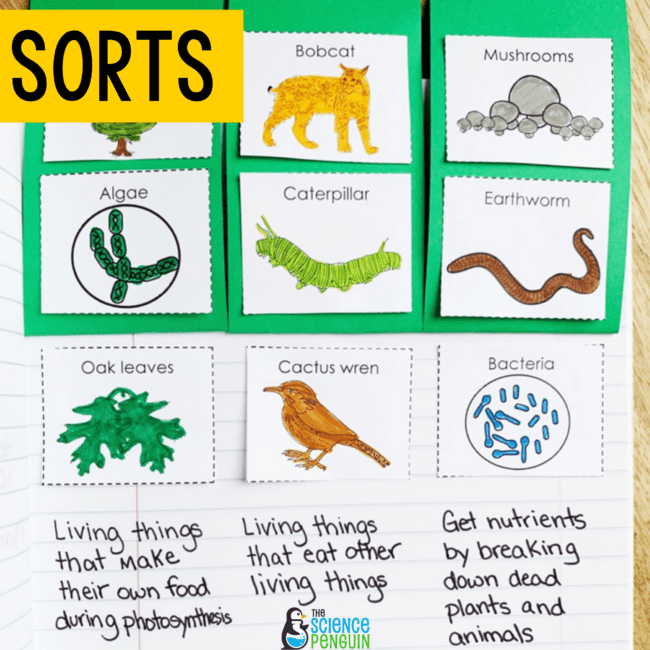
4. Scavenger Hunts
Students look for real world examples of seemingly abstract concepts and science vocabulary terms.
These scavenger hunts require no prep, just some space outdoors. Ask students to photograph and label what they find to share with you and the class.
Sign up for a free scavenger hunt: Free Resource Library Sign-up
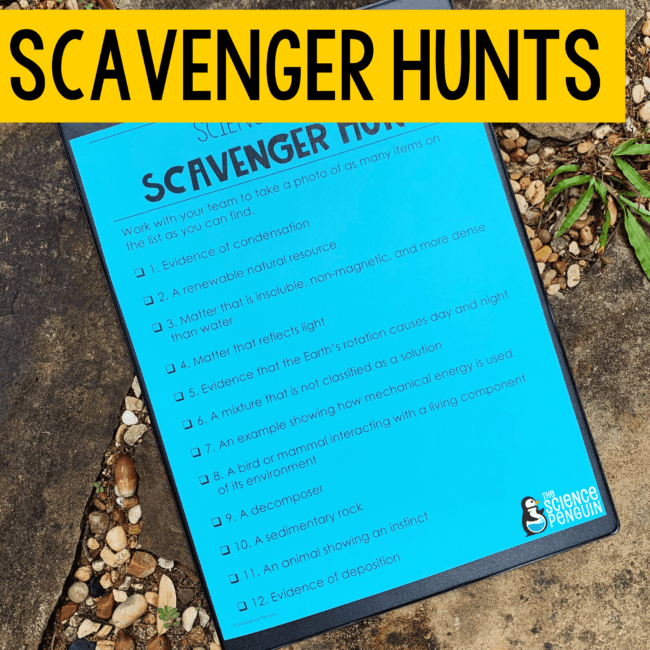
5. Collaborative Anchor Charts
I was thinking about how many of our anchor charts are teacher-made. Sure, we get student input, but what if we had a way to really include students in our anchor chart-making process? Collaborative anchor charts are made by groups of students after completing a task.
To make a collaborative anchor chart for science vocabulary, 4 to 8 students work both together and individually under the teacher’s guidance to complete a task, talk about it, and write about it.
See more details : Collaborative Anchor Charts
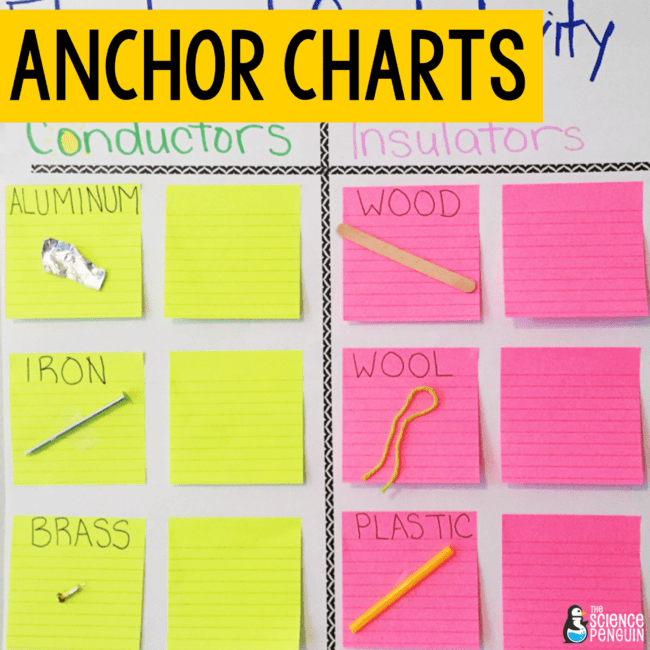
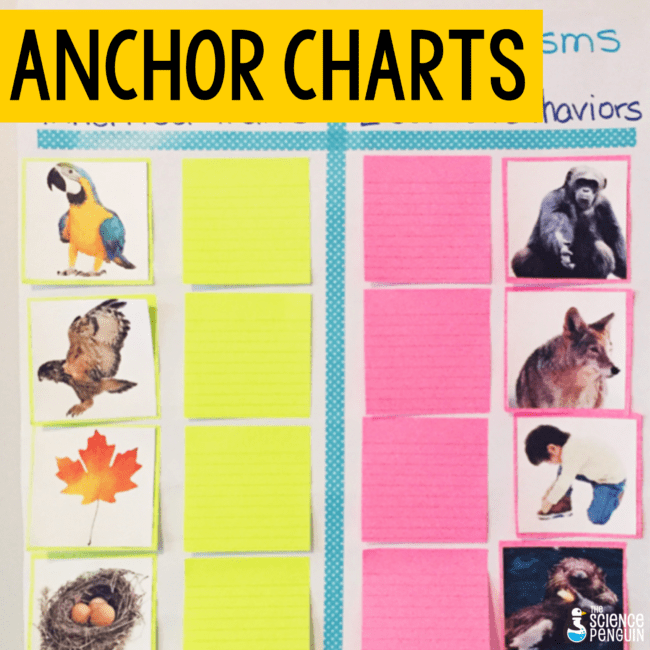
6. Models
Some science words are just so abstract… rotate, refract, conduct, density.
For abstract terms, we need concrete models. They can be simple and made with common materials to really show what each word means.
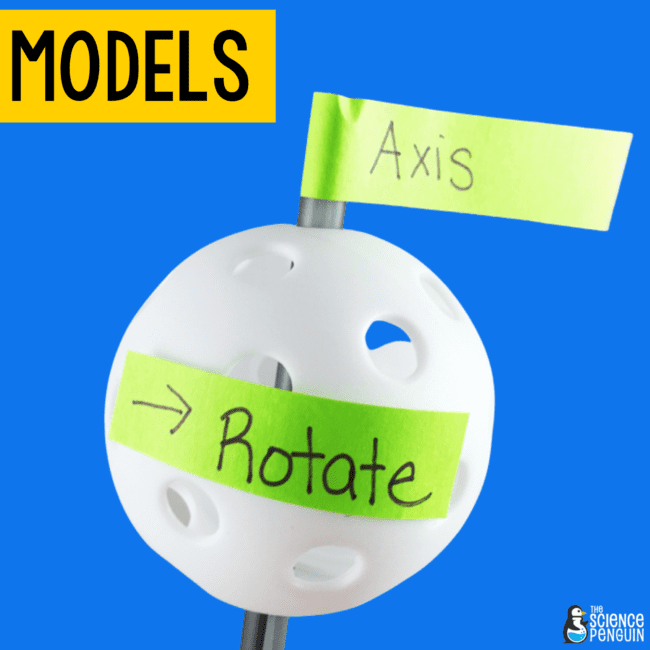
7. Acrostics
Academic language in science is a must! Acrostics are an excellent tool for students to practice their new science vocabulary.
Read more : Science Acrostics
Sign up for the free Acrostics pictured below : Free Resource Library
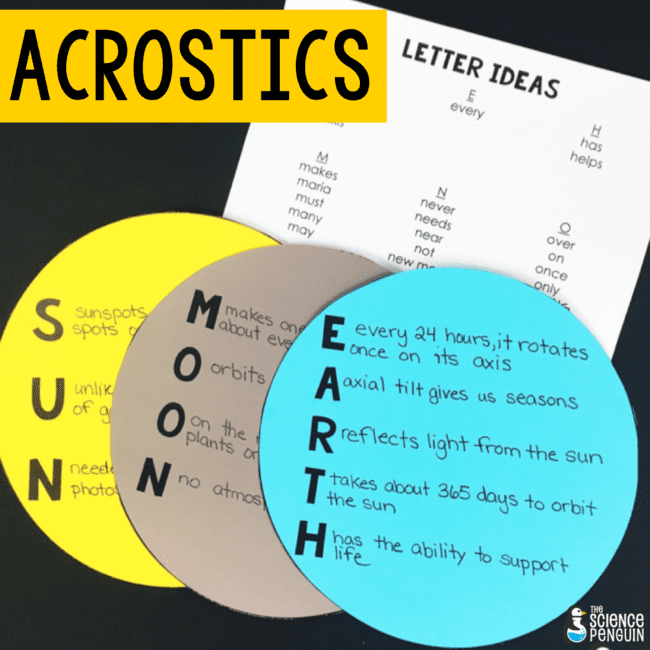

8. Vocabulary Squares
Draw vocabulary squares in notebooks or use printable notebook templates to record the definitions, illustrations, examples, and non-examples for important science terms.
9. Digital Vocab Lessons
Hello there, Google Forms, my friend! These lessons are designed to TEACH students science vocabulary.
For a few key terms, students work their way through videos, graphic organizers, and text to learn the terms. Along the way, they answer 10 questions as they build their understanding.
These auto-grade so all you need to do is check the results to see which students may need more assistance.
See all 23 topics on TpT : Digital Vocabulary Lessons
Free Download : Conservation
10. Picture Dictionary
Explicitly teaching 3rd, 4th, and 5th grade science content vocabulary just got simpler! Instead of looking for examples, images, and definitions on your own, the work is done for you! Use for word walls!
See the options on TpT : Picture Dictionaries
Sign up for the Free Resource Library
This is an exclusive library of 40+ science printables, labs, activities, and games for grades 3-6. Sign up and check your email for immediate access.


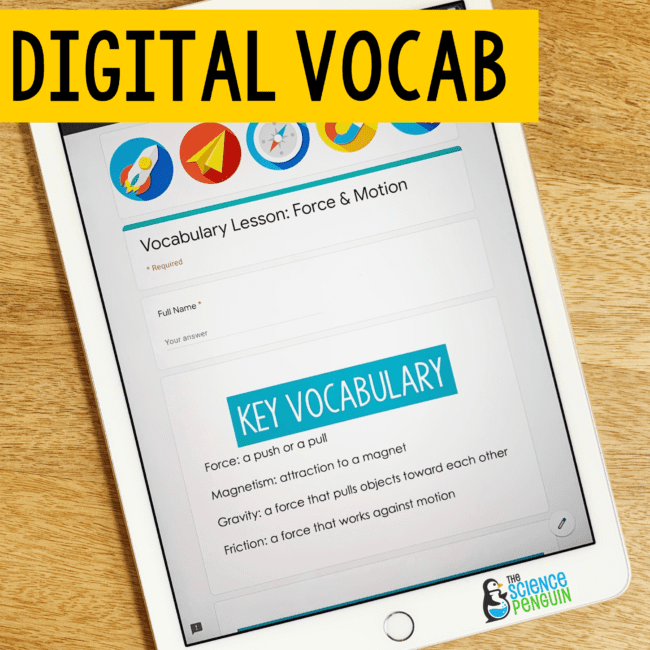
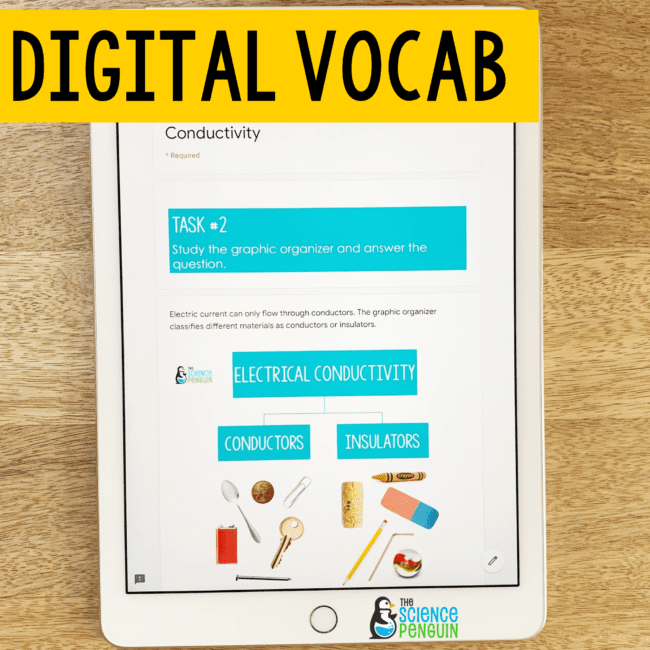
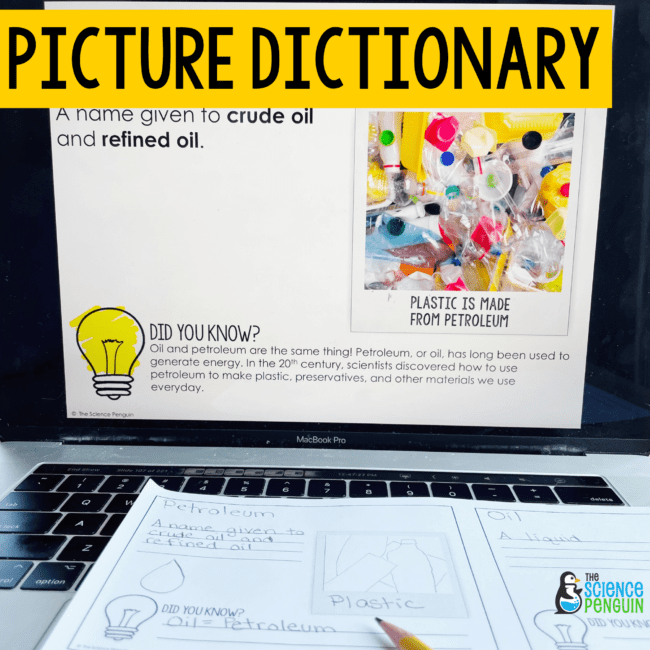
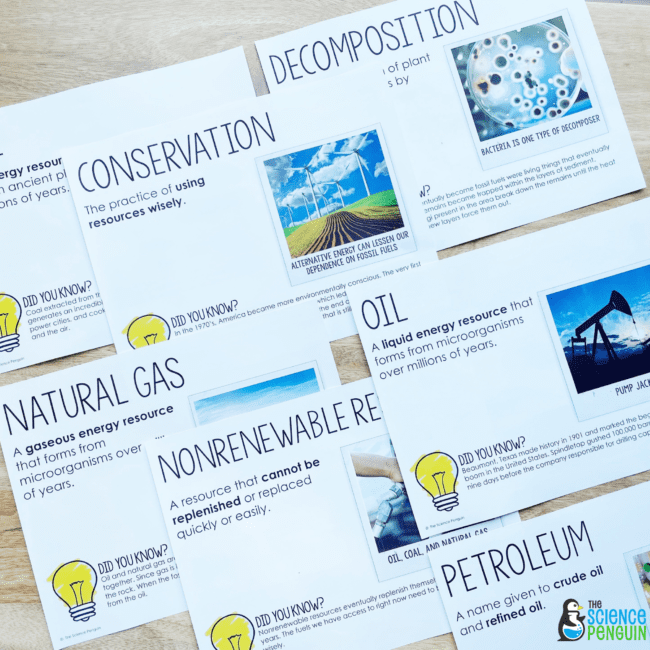
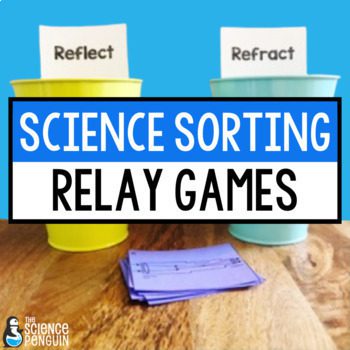

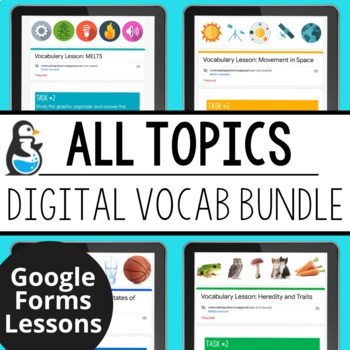

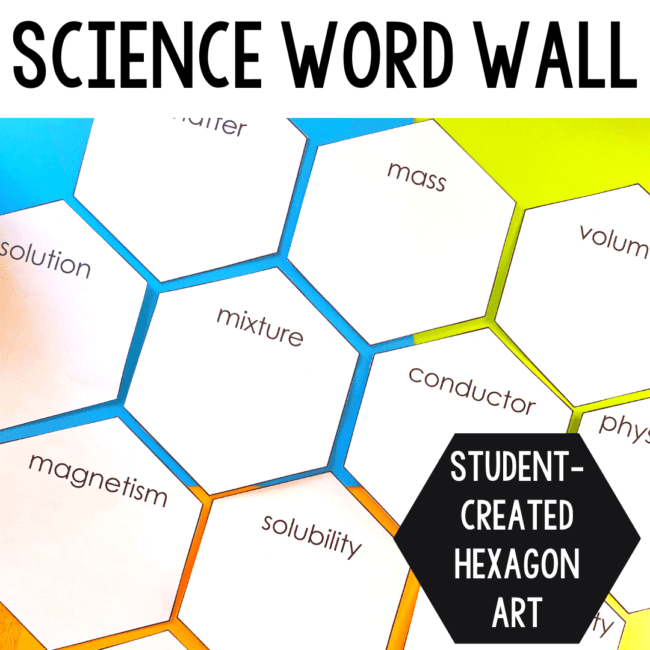
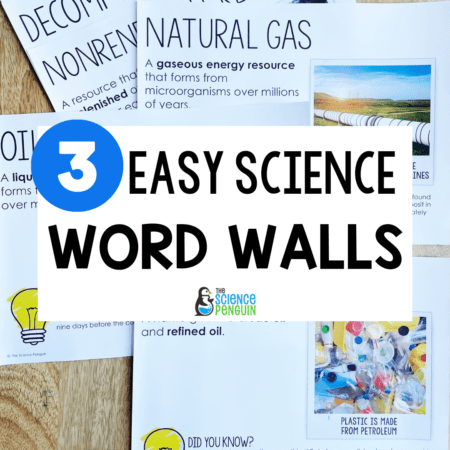
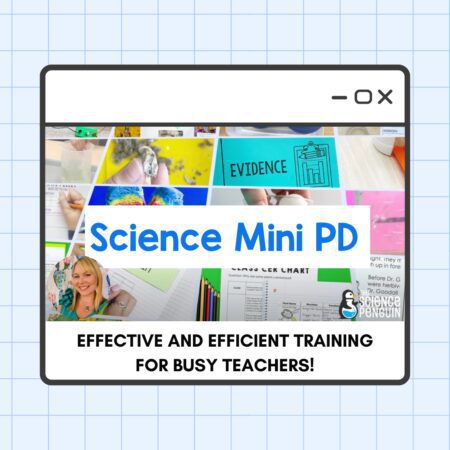



7 thoughts on “10 Fun and Engaging Ideas to Teach Science Vocabulary”
Great ideas…Thanks! Another idea for you…I had a terrific experience this year having my students develop haikus for vocab words related to cells. They were amazing!
You provided educators with many different resources to help students learn the crucial academic language that they will be assessed on. Not only did you include vocabulary activities, but you also provided ways for students to demonstrate their knowledge through demo/experiments. I really like all 10 of your examples on how to teach students vocabulary. Some science vocabulary terms are hard to comprehend/remember, and these different learning opportunities will help students with the vocabulary. When students understand the vocabulary, it is easier for them to use inquiry to develop experiments to learn more about the are being taught. It is not only helping them with science but it is also increasing students skills in literacy. Thank you for sharing.
I play “Key Word Bingo”. Each student gets a blank card then they write their vocabulary words in the boxes (one per box). The center is a free space. I then read the definitions and they mark the cards. The first three winners get a small token such as a pencil or eraser.
This is the first time I’ve visited your blog, and I love it! I’ve just subscribed via email – thank you for the fantastic suggestions, the parade is my favorite!
I love it. Some of these ideas would even work for my high school students. Thanks so much for sharing!
Awesome. I’m glad some of the ideas translate to other levels!
-Ari
Such a bright idea.. Thanks for sharing.